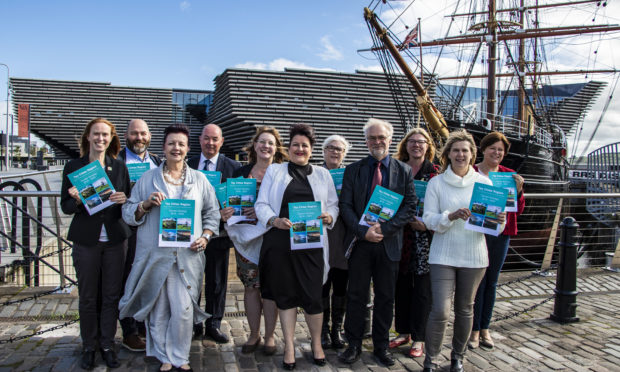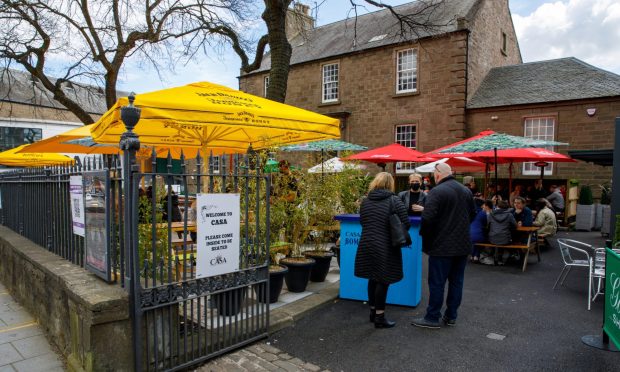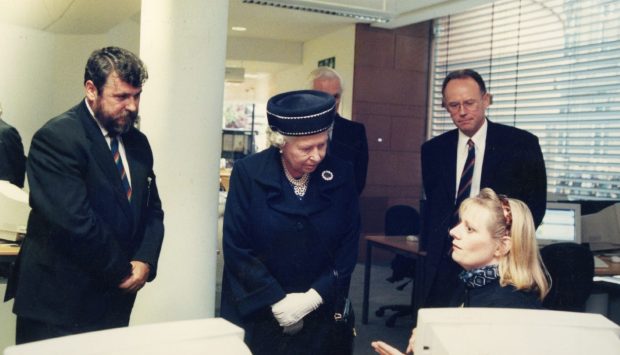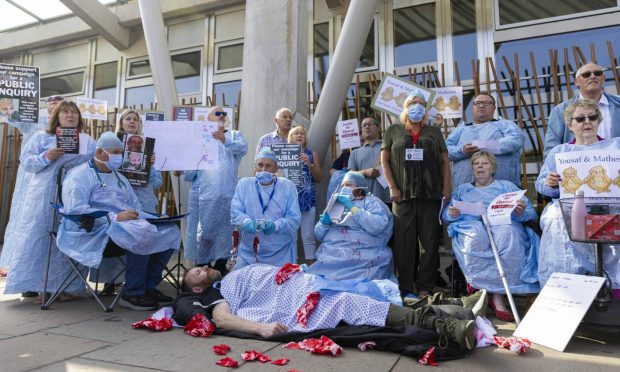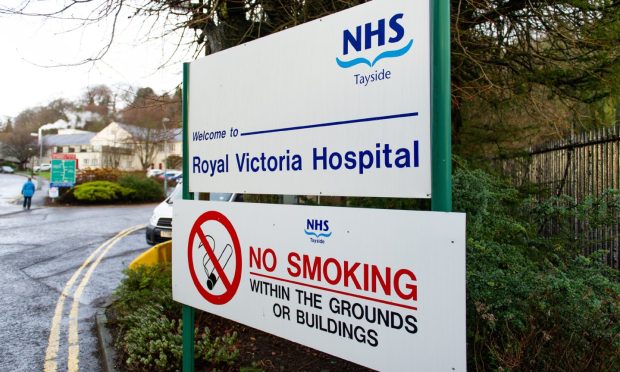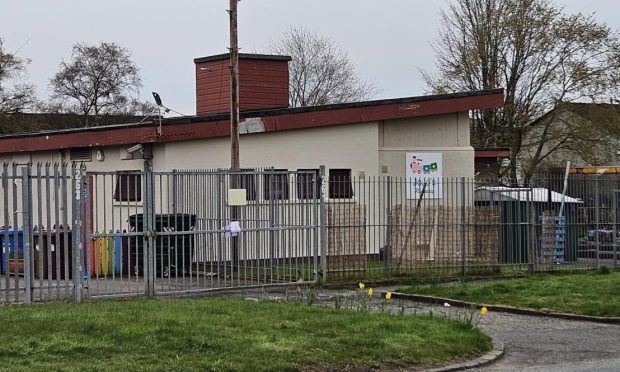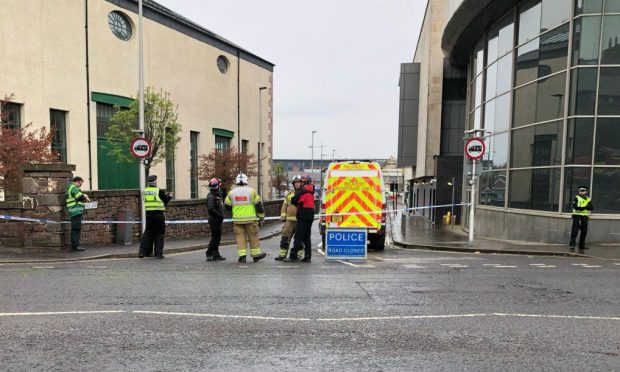A new tourism strategy for Tayside and north-east Fife aims to boost overnight visitor spending by more than £100 million a year.
The five-year plan will focus on food and drink, outdoor adventures and culture and creative experiences.
The Tay Cities Region Tourism Strategy 2019-2024, the first of its kind in the region, was officially launched at Discovery Point in Dundee.
One of the key aims is to grow the overnight visitor spend by 3% every year, to £550m in 2024. Overnight visitors contribute £433m to the economies of Angus, Dundee, north-east Fife and Perth and Kinross at present.
Project leaders also want to ensure the tourism sector is well placed to capitalise on additional investment coming into the region over the next decade through the Tay Cities Deal. This will include a Culture and Tourism Regional Investment Programme which will provide £37m of matched funding to support a series of projects.
The industry is already one of the region’s biggest employers, currently employing more than 20,000 people.
Stuart Clark, of Balmuirfield House B&B, who was representing Angus Tourism Cooperative and Dundee and Angus Visitor Accommodation Association (DAVAA) at the launch, said the document underlined the sector’s importance to the area.
“The regional tourism strategy provides a great opportunity for the business community to collaborate with the local authorities and help take the strategy from theory into practice,” he added.
“Working together we can deliver a vision of tourism that can benefit everyone.”
Tourism industry joint committee chairman, Perth and Kinross Council leader Murray Lyle, said: “This is the first time that there has been a tourism strategy for the Tay Cities area to support the existing local strategies.
“It demonstrates our regional collaboration in respect of economic development and reflects the spirit of the ambitions outlined in the Tay Cities Deal.”
Scottish Enterprise tourism team leader Paul McCafferty said: “The region has outstanding natural and built assets which the strategy will support to provide exciting and inspirational experiences for our visitors from the UK and globally.
“This focus on regional working and partnership with businesses and local communities signals a new and deeper understanding of the benefits that can be gained from tourism.”
Tourism industry committee members from Angus Tourism Cooperative, DAVAA, Dundee Tourism Action Group, Fife Tourism Partnership and Perthshire Tourism Partnership were all involved in drawing up the strategy, alongside the four local authorities’ tourism officers, VisitScotland and Scottish Enterprise.
Developing a regional approach to broader strategic issues for the sector, namely transport, skills and employability have all been identified as priorities.
The Tay Cities Deal is a partnership between local, Scottish and UK governments and the private academic and voluntary sectors.
